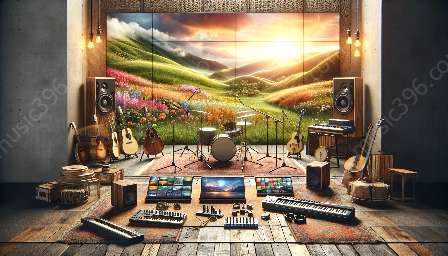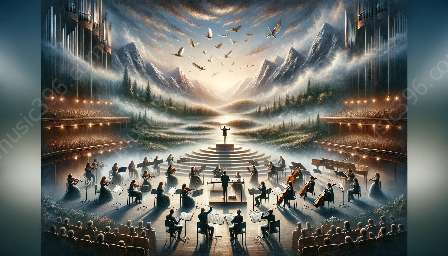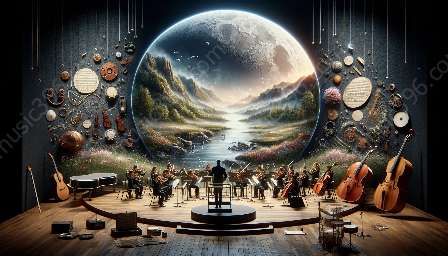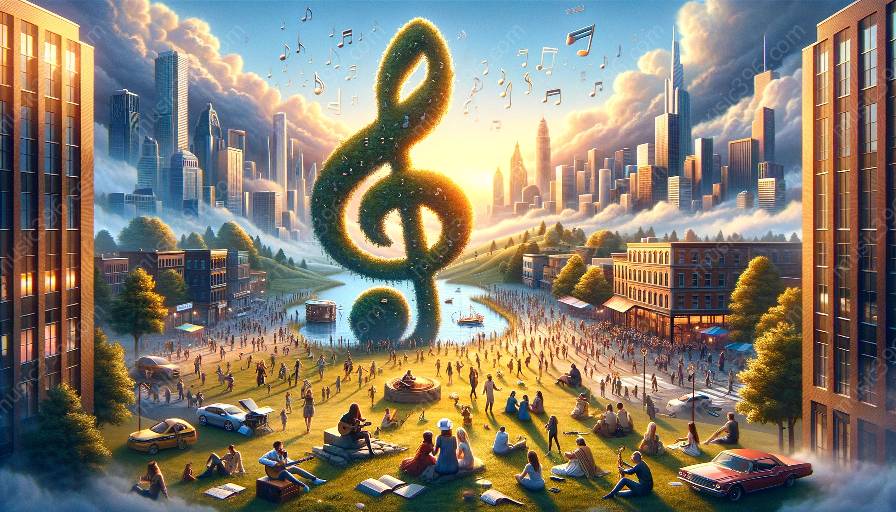Music and art have long been powerful tools for evoking social change, shaping perspectives, and galvanizing movements. This article explores how musicians and artists advocate for social change through their work and the role of music in society. Through their creativity and activism, they inspire transformation and catalyze social progress.
The Role of Music in Society
Music holds a significant role in society, serving as a mirror of cultural values, social issues, and political climates. It has the power to reflect, challenge, and shape the collective consciousness. Whether through protest songs, anthems of solidarity, or evocative compositions, music has historically served as a catalyst for change, offering a platform for expression and mobilization.
How Musicians and Artists Advocate for Social Change
Musicians and artists advocate for social change by leveraging their creative platforms to address pressing social issues. Their work often serves as a medium for raising awareness, fostering empathy, and igniting dialogue about systemic injustices, human rights, and environmental sustainability. They use their talents to amplify marginalized voices, challenge the status quo, and envision a more equitable world.
1. Songwriting as Activism
Songwriting is a potent form of advocacy, allowing musicians to craft poignant narratives that resonate with audiences. Whether through storytelling or poetic lyricism, musicians address vital social concerns, provoke critical reflection, and inspire action. By articulating personal and collective experiences through music, they offer a platform for shared empathy and understanding.
2. Visual Arts and Social Commentary
Visual artists channel their activism through striking imagery, installations, and provocative statements. Their art serves as a visual manifesto, shedding light on injustices, advocating for human rights, and challenging political apathy. Through exhibitions, murals, and multimedia creations, artists amplify the urgency of societal transformation and provide a canvas for reflection and response.
3. Collaborative Initiatives and Community Engagement
Musicians and artists often unite in collaborative initiatives that merge creativity with social impact. Concerts, festivals, and art showcases become platforms for advocating social change, bringing together diverse communities and catalyzing collective action. By engaging with local and global networks, they harness the power of collective creativity to catalyze meaningful change.
Achieving Lasting Impact
For musicians and artists, advocating for social change extends beyond the creation of works; it also entails fostering lasting impact. By aligning with social justice organizations, participating in advocacy campaigns, and supporting community initiatives, they strive to effect tangible and sustainable change. Their commitment to advocacy shapes cultural narratives, challenges societal norms, and paves the way for a more inclusive and just society.
Conclusion
The intersection of music, art, and social change represents a poignant testament to the transformative power of creativity and activism. Musicians and artists play a vital role in advocating for social change, leveraging their talents to amplify marginalized voices, challenge inequities, and envision a more just and compassionate world. Through their work, they inspire empathy, provoke critical reflection, and ignite the collective imagination, nurturing a society that reflects the values of empathy, equality, and justice.









































